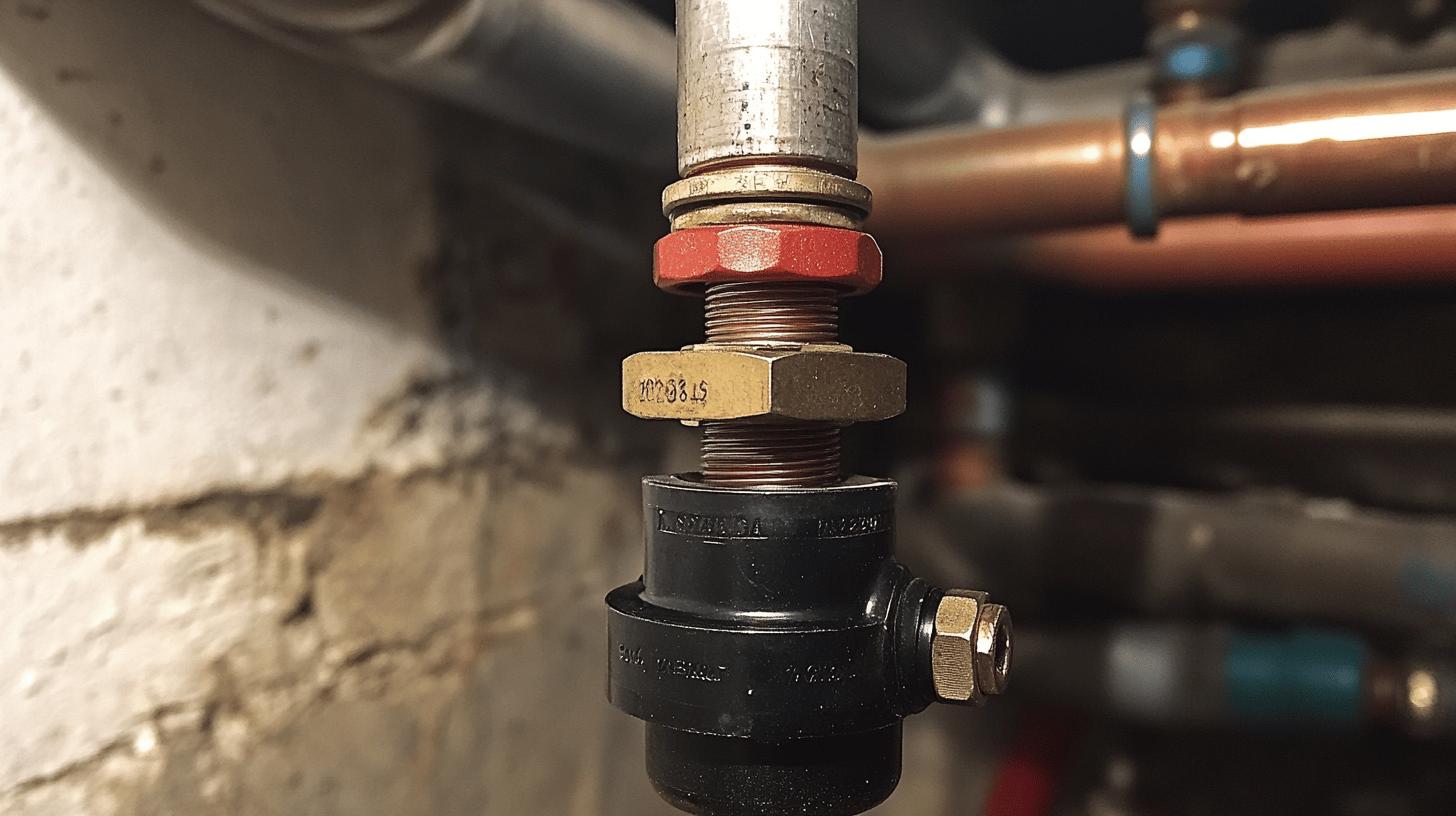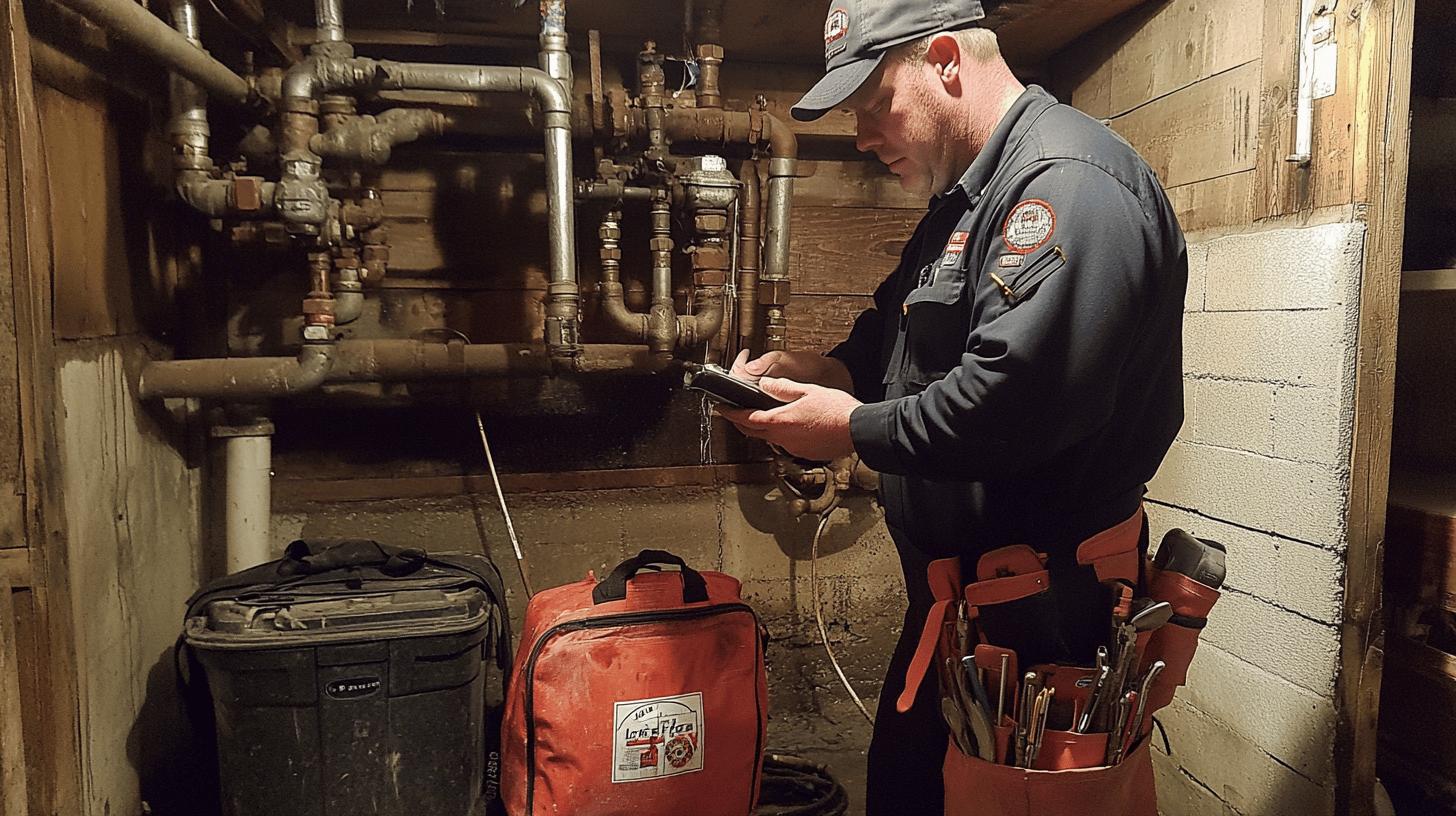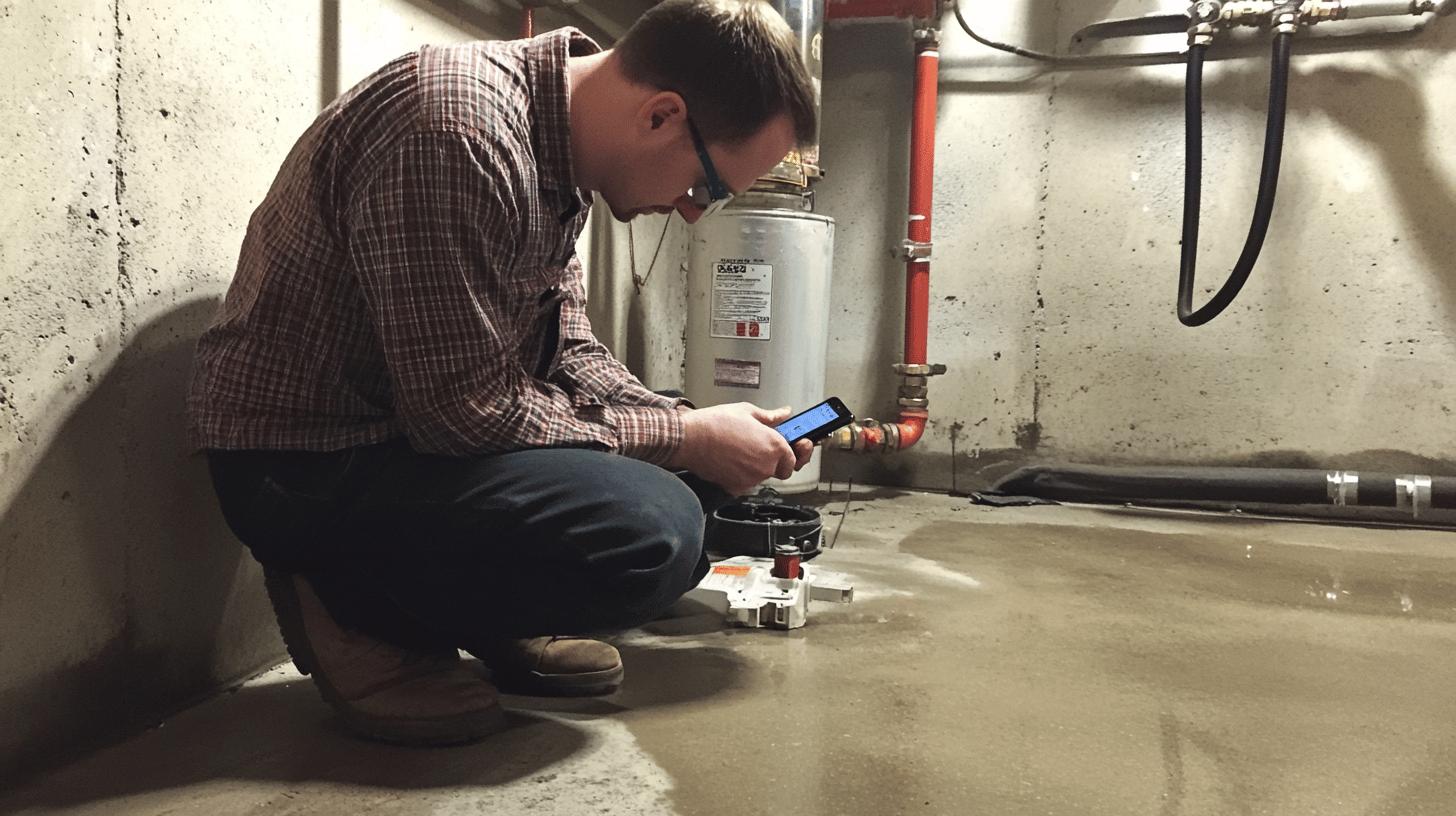TL;DR:
- Backflow is unwanted water flow reversal, risking drinking water contamination due to pressure changes.
- Common causes include back pressure, back siphonage, pump failures, cross-connections, and maintenance issues
- Prevention methods: Air gaps, Reduced Pressure Principle Backflow Preventers, Barometric Loops, and Pressure Type Vacuum Breakers.
- Select devices based on water needs; consult a professional plumber for installation.
- Regular maintenance is crucial: functionality tests, cleaning, replacing worn parts, and professional evaluations.
- Certified plumbers ensure proper installation and maintenance, reducing contamination risks and boosting system reliability.
Is your tap water safe, or could it be contaminated as soon as you turn it on? Backflow can let dirty water mix with your clean supply, and it’s important to know how it happens and how to stop it. In this article, we’ll cover what causes backflow, the health risks involved, and why prevention is key to keeping your water safe. Get ready to learn how to protect your home’s water system from this hidden danger.
Understanding Backflow and Its Causes
Backflow happens when water in your plumbing flows the wrong way, which can contaminate your drinking water. This usually occurs when there’s a change in water pressure, like back pressure or back siphonage, allowing dirty water to mix with clean. That’s why it’s important to have good prevention methods to keep your water safe.
Common Reasons for Backflow
- Back pressure from increased pressure downstream
- Back siphonage due to supply pressure drop
- Water supply pump failures
- Cross-connections between clean and dirty water sources
- Poorly maintained plumbing fixtures and valves
Contaminated water can bring harmful substances into your water supply, which can be dangerous if you drink it. That’s why fixing backflow issues fast is important. Using prevention methods, like installing devices and maintaining your system, helps keep the water safe and protects public health.
Exploring Backflow Prevention Methods

Preventing backflow keeps your drinking water safe by making sure water flows the right way in your plumbing. Here’s how different strategies and devices can help:
Air Gaps
An air gap is an easy, non-mechanical way to prevent backflow. It creates a physical space between the water outlet and the fixture’s edge, stopping dirty water from being siphoned back. You’ll often find air gaps in sinks and dishwashers, as they provide a simple fix.
Reduced Pressure Principle Backflow Preventer (RPBP)
This mechanical device offers strong backflow protection. It has two check valves with a relief valve in between. If one check valve fails, the relief valve opens to stop backflow. RPBPs are commonly used in high-risk places like industrial areas, where contamination risks are greater.
Barometric Loops
These loops use atmospheric pressure to prevent backflow. Their U-shape and height stop siphoning. However, because they’re tall and harder to install, they’re not very practical for homes but work well in some industries.
Pressure Type Vacuum Breakers
These mechanical devices prevent back-siphonage by using a check valve and an air inlet to monitor pressure. If the pressure drops, the air inlet opens to stop backflow. They’re commonly used in irrigation and hose connections, providing reliable protection. Understanding and using these methods helps keep your plumbing system safe.
Choosing the Right Anti-Backflow Devices for Your Home
Choosing the right backflow device depends on your home’s water needs. Look at your fixtures and their contamination risks. For outdoor fixtures like garden hoses, a Hose Bib Backflow Preventer is a good choice to stop back-siphonage. For general home use, Dual Check Valves offer solid protection across your plumbing. It’s a good idea to consult a plumber to make sure you have the right devices in place for each area of your home.
| Device Type | Best Use | Installation Advice |
|————-|———-|———————|
| Hose Bib Backflow Preventer | Single fixtures | Professional installation recommended |
| Dual Check Valve | General residential use | Professional installation recommended |
Choosing the right devices is important, but having a professional install them is just as crucial. They make sure everything works properly, which lowers the chances of malfunctions and helps the devices last longer, keeping your home’s water supply safe for the long haul.
The Role of Professional Plumbers in Backflow Prevention

Certified plumbers play a key role in preventing backflow. They install devices properly to ensure water flows the right way and choose the right devices for each situation, which helps minimize contamination risks. Their expertise improves the efficiency and safety of your plumbing system, giving you peace of mind.
In winter, plumbers can offer tips like shutting off outdoor taps to prevent freezing and bursting, which can lead to backflow issues. These steps help keep your plumbing safe during harsh weather.
Regular inspections by certified plumbers also have many benefits. They can catch and fix potential problems early, ensuring your devices last longer. Routine checks help maintain water quality, encourage safe plumbing practices, and reduce costly repairs, making your system more reliable.
Maintenance Tips for Backflow Prevention Devices
Regular maintenance of these devices is essential for them to work effectively. If they aren’t maintained, parts can wear out, which could allow contaminated water to get in. Keeping up with maintenance extends the life of the devices and ensures they perform well, helping to prevent health risks.
Key Maintenance Tasks
- Regular device functionality tests
- Cleaning to remove debris
- Replacing worn parts for optimal performance
- Professional evaluations for complete checks
Certified backflow testers are crucial for keeping your system reliable. They have the skills to do thorough checks and make sure everything is working properly. By hiring certified testers, you can quickly resolve any issues, which helps maintain safety and reliability in your plumbing.
Final Words
Backflow in plumbing systems can seriously contaminate the water supply and pose health risks. It usually happens due to back pressure, siphonage, and changes in pressure. Using effective prevention methods like backflow preventers ensures water flows properly, protecting your home.
Choosing the right anti-backflow devices and using professional plumbing services are key steps. Certified plumbers provide expertise, seasonal tips, and regular inspections to keep your system running smoothly.
Regular maintenance of prevention devices is also important to ensure they work effectively. By following these practices, you can reduce your risk of backflow and keep your water supply safe and clean.
FAQ
How can you prevent the backflow of water in a house?
Preventing backflow in a house involves installing backflow prevention devices, maintaining water pressure, and regular plumbing inspections. Consult professionals for best practices and device installations.
How can you prevent backflow in a shower?
Preventing shower backflow requires a backflow prevention valve or device installation. Regularly inspect and maintain these devices to ensure proper function and water flow direction.
What is a cross connection?
A cross connection occurs when the potable water supply connects with a contamination source. Preventing this requires backflow prevention devices and regular plumbing inspections.
What is a backflow preventer, and how does it work?
A backflow preventer is a device that ensures water flows in one direction, preventing contamination. It typically uses a one-way valve to block reverse flow, safeguarding water safety.
Which part of a sink prevents backflow of dirty water?
A sink’s built-in P-trap prevents backflow by creating a water seal that blocks odors and contaminants from returning through the drain.
What is the best method for preventing backflow?
The best method involves using a combination of backflow preventers like air gaps and Pressure Type Vacuum Breakers, paired with regular maintenance and professional inspections.
How can you stop the reverse flow of water?
You stop reverse water flow by installing appropriate backflow prevention devices in plumbing systems and maintaining optimum water pressure levels.
What prevents the backflow of blood in the body?
In the human body, valves within veins prevent the backflow of blood, ensuring it flows toward the heart efficiently.
How do you choose the right anti-backflow device for your home?
Selecting the right device involves assessing plumbing needs, fixture types, and consulting professionals for installation. Common devices include Hose Bib Backflow Preventers and Dual Check Valves.

